The performances and results of Hong Kong badminton players are largely judged during the Yonex Sunrise Hong Kong Open, but much less is said about the special perception the players have on their home competition including the feelings about and preparation for the event.
By Thibault Bluy, live from Hong Kong. Photos: Badmintonphoto
“For me it was better before because in Elizabeth, the stadium is smaller and I can more concentrate on my matches,” said Chan Yan-Kit (photo), Hong Kong men’s singles player who competed at the Open for the first time in 2001. He is referring to the previous venue, the Queen Elizabeth Stadium in Wan Chai, where the competition took place place until 2010. However, it no longer fits the Badminton World Federation’s criteria to remain a Superseries. The small size of the venue and the insufficient space for the advertising meant that since 2011, the tournament has been held at the Hong Kong Coliseum, in Hung Hom.
Launched in 2007, the Superseries consists of a circuit of the 12 biggest international badminton tournaments. The attribution of the certification is very selective, focusing on the applicant country’s experience in organizing large-scale events, the world ranking of its representative players, the popularity of badminton within the country, the availability of sponsors and media coverage and the location facilities.
In June 2011, the Hong Kong Badminton Association, official organiser of the Open since 1982, undertook a practice to guarantee that the Coliseum was capable of hosting the competition. Media conveniences, two warm up and four arena courts, lighting, airflow, and other technical aspects were all inspected. After three days of testing, the Coliseum was declared able and the city of Hong Kong was attributed the Superseries label for three more years.
The new venue contains 10,000 seats, more than three times the capacity of the Queen Elizabeth Stadium. The move was welcomed by Hong Kong Head Coach He Tim for bringing the sport to a wider audience, further adding, “It is a special feeling because it is home. We are under pressure, but confident.”
Yan-Kit commented “We have more supporters, and it is easier to get over the environment because there is no different weather or jet lag like when we play in Europe,” but the 27-year-old, whose career high ranking was 9th in the world in 2009, added that it does not necessarily mean better results, speaking from experience, never having achieved better than a quarter-final place at the Hong Kong Open.
For Choi Hoi-Wah, 26 years old and already having participated in the Hong Kong Open six times before the 2012 edition, “It is a normal tournament as there are many kinds every year.” The doubles player is, however, particularly excited this year, as she will play for the first time with her new mixed doubles partner.
According to He Tim, no special preparation has been designed for the local players as hard training before the London Olympic Games has already made them stronger. The average level is improving with the team now boasting 34 full-time players training hard everyday at the Hong Kong Sports Institute. The Special Administration Region has 42 representatives participating in the Open this year, who will compete with the 261 other players from 26 different countries. Yan-Kit said many of his foreign friends from the circuit particularly appreciate the place for shopping, eating and transport convenience.
The Hong Kong Open’s newly found success has allowed for the total prize money to have been raised from US$250,000 to US$350,000 in 2012.
Badzine will be reporting live from Hong Kong during the event.
Click here to download the draws. Live results will be available here during the event.
![HONG KONG OPEN 2012 – An inside view The performances and results of Hong Kong badminton players are largely judged during the Yonex Sunrise Hong Kong Open, but much less is said about the special perception the players […]](http://www.badzine.net/wp-content/uploads/Newsflash-thumbnail.png)
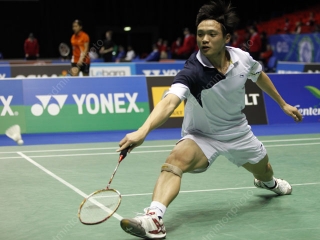
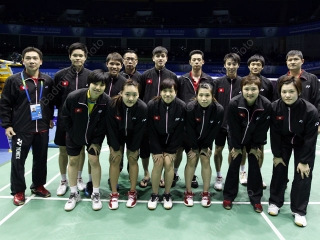
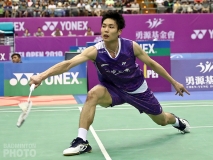
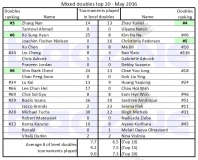
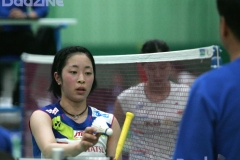
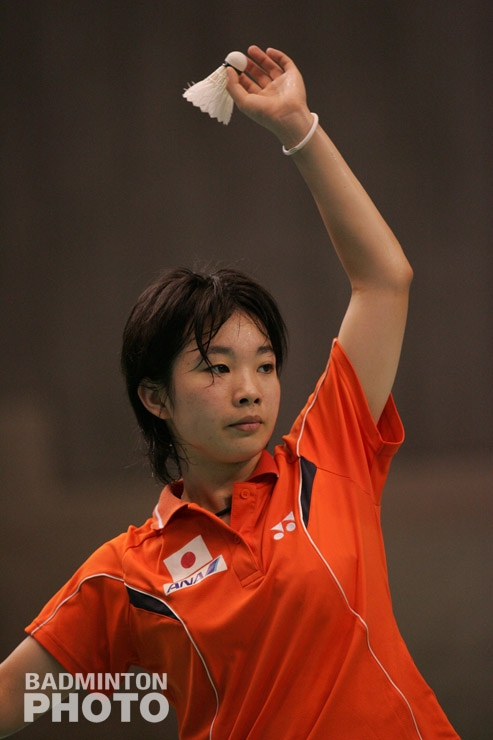
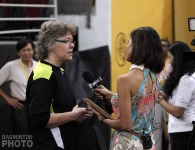
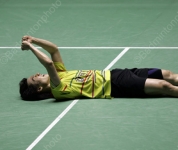
Leave a Reply to Anonymous Cancel reply